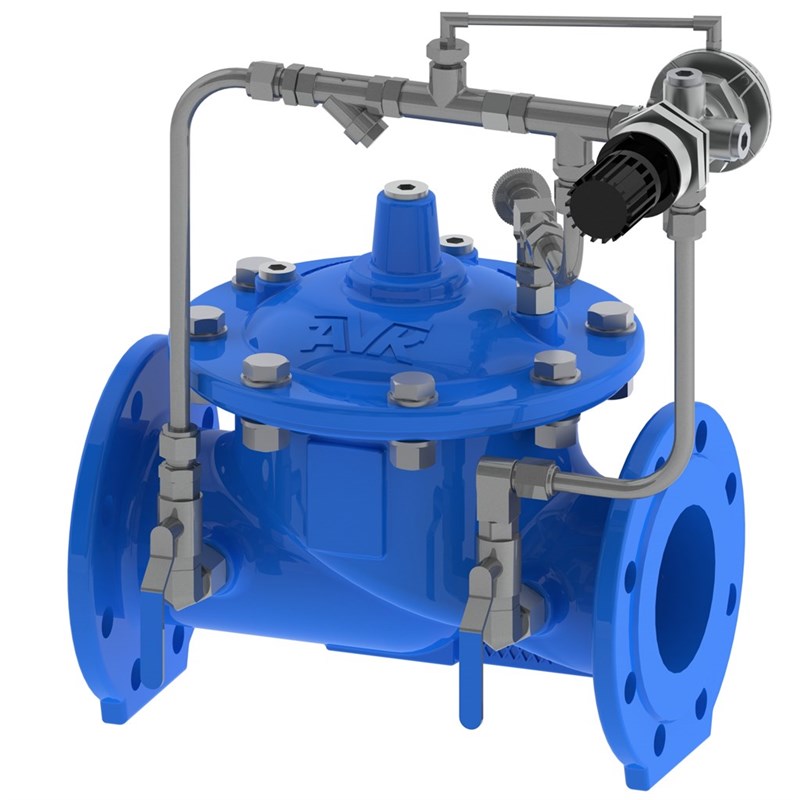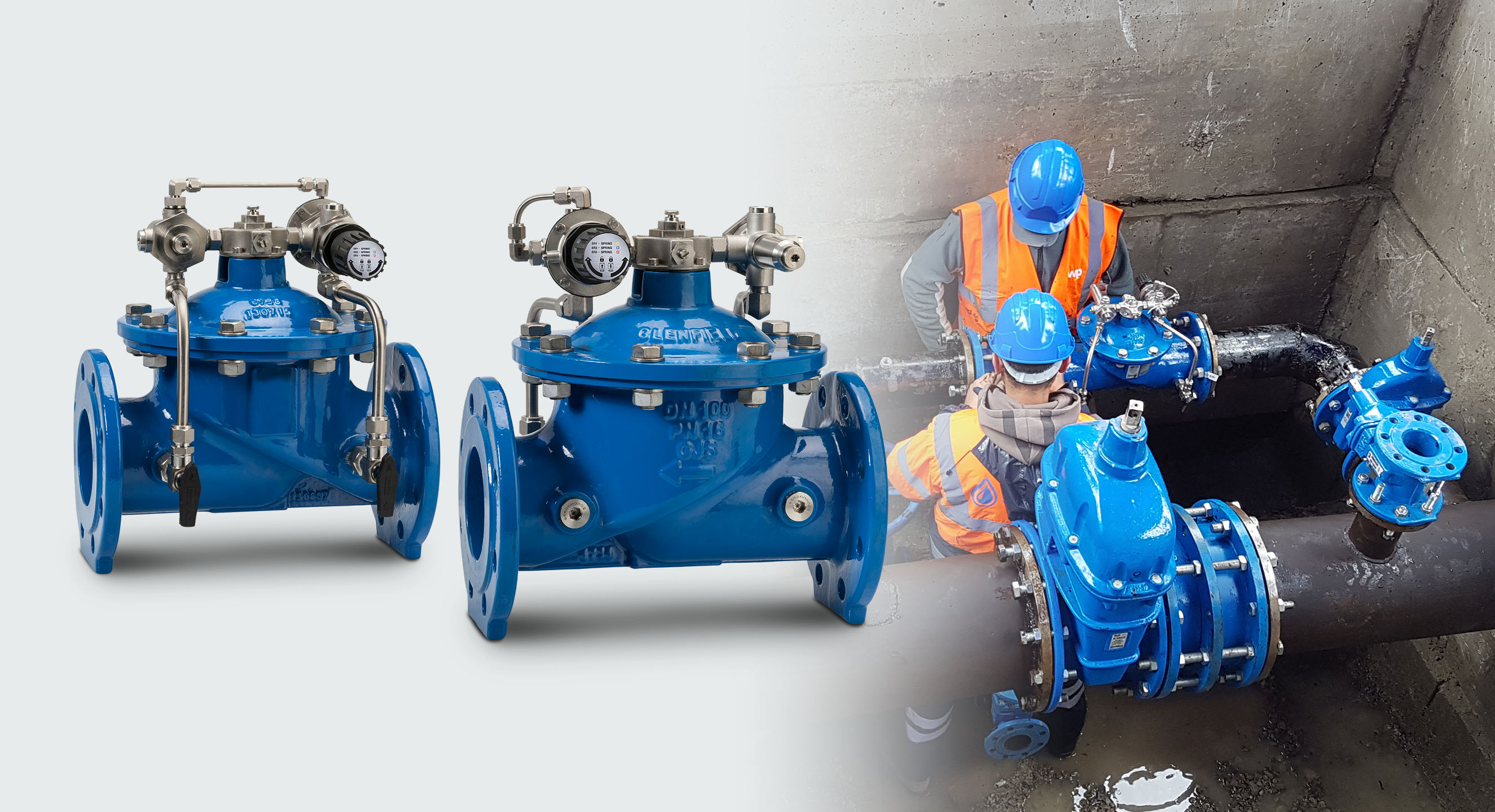Innovative Control Valves: Enhancing Accuracy and Reliability

Maximize Energy Savings and Comfort With Advanced Building Automation Controls
In the world of modern design and center management, the integration of advanced structure automation regulates stands as a pivotal development. By utilizing the power of automation, structures can adapt, react, and progress in methods that were once inconceivable.
Energy Performance Perks
Energy effectiveness advantages can considerably minimize power usage and operational prices in buildings. Energy-efficient systems, such as innovative structure automation controls, can maximize the usage of resources like cooling, heating, and lighting, leading to lower energy expenses over time.
Moreover, improved energy performance can lengthen the lifespan of building equipment and systems. By running a lot more successfully, a/c systems, lighting fixtures, and other structure elements experience less damage, leading to reduced upkeep and substitute prices. Furthermore, energy-efficient buildings frequently regulate greater home worths and rental rates, offering lasting monetary benefits to owners.
Moreover, energy efficiency can enhance owner comfort and productivity. Appropriately managed indoor atmospheres with ideal illumination and thermal problems create an even more favorable and positive office, leading to enhanced employee fulfillment and performance. In general, the power effectiveness benefits linked with innovative structure automation controls are diverse, including expense financial savings, environmental stewardship, and passenger wellness.
Enhanced Comfort Control
Enhancing comfort control in building atmospheres needs a sophisticated assimilation of innovative automation systems for optimum owner wellness. By using innovative structure automation controls, facilities can customize the interior setting to meet the certain demands and choices of owners. These systems enable accurate guideline of temperature level, lights, and air flow, creating a effective and comfy environment. Passenger satisfaction and productivity are very closely connected to thermal comfort, making it vital to have systems in location that can adjust to altering conditions in real-time.
Boosted comfort control surpasses basic temperature adjustments. It consists of functions such as customized setups, tenancy sensing units, and all-natural light use to create a receptive and dynamic atmosphere. By incorporating these advanced controls, buildings can not only boost convenience but additionally enhance energy performance by enhancing system procedures based on actual occupancy and usage patterns. Inevitably, prioritizing owner comfort through sophisticated automation systems results in an extra satisfying and much healthier interior setting.
Functional Efficiency Improvements

Additionally, the execution of real-time tracking and analytics tools makes it possible for building operators to determine power inefficiencies and operational abnormalities without delay. By continuously checking power usage patterns and system efficiency metrics, changes can be made in real-time to enhance power usage and make sure peak operational effectiveness. control valves. In addition, including need action techniques into building automation controls can additionally boost functional efficiency by dynamically changing energy usage based on grid conditions and pricing signals
Indoor Climate Optimization
Effective interior environment optimization is a basic facet of structure automation controls, ensuring residents' comfort and wellness while making the most of energy savings. By using sophisticated sensors and controls, developing automation systems can constantly readjust and check temperature level, humidity degrees, air quality, and air flow to develop an ideal indoor environment. Maintaining comfy and constant conditions not only boosts passenger contentment but additionally enhances efficiency and overall well-being.
Indoor climate optimization additionally plays an essential role in power effectiveness. By fine-tuning home heating, air conditioning, and air flow systems based on real-time information and occupancy patterns, developing automation controls can substantially decrease power usage - control valves. pop over to this web-site Executing approaches such as demand-controlled ventilation and thermal zoning can aid decrease energy waste while making certain that each area of the structure receives the required conditioning.

Lasting Setting Development
Structure automation manages not just enhance indoor climate conditions for energy efficiency and occupant convenience however also lay the foundation for developing a lasting atmosphere through strategic monitoring of sources and systems. By integrating innovative structure automation innovations, such as sensors, actuators, and smart software application, facilities can change and monitor power usage in real-time to reduce waste and decrease their carbon impact. These systems make it possible for predictive maintenance, recognizing prospective problems before they escalate and enhancing tools efficiency to improve durability and efficiency.
In addition, lasting atmosphere development extends past energy monitoring to include water preservation, waste decrease, and indoor air high quality improvement. Building automation controls can manage water usage, find leaks, and make certain proper garbage disposal practices, adding to general sustainability efforts. Furthermore, by keeping track of and regulating air flow and purification systems, these innovations boost resident health and wellness and performance while decreasing power check out here usage connected with heating and cooling procedures.
Verdict
Finally, advanced building automation regulates deal significant benefits in terms of energy cost savings, comfort control, functional performance, indoor climate optimization, and creating a sustainable environment. By applying these controls, structures can attain optimal performance while decreasing power consumption and improving resident comfort. It is obvious that using innovative automation technology is important in improving structure efficiency and producing a much more sustainable future.
Energy effectiveness benefits can dramatically lower power consumption and functional prices in structures. Generally, the power effectiveness benefits associated with advanced building automation controls are multifaceted, encompassing cost savings, ecological stewardship, and occupant wellness.
Furthermore, incorporating demand response strategies into structure automation controls can even more boost functional performance by dynamically readjusting energy usage based on grid problems and prices signals.
Structure automation regulates not only maximize indoor climate problems for energy performance and resident convenience but also lay the structure for creating a lasting environment via tactical administration Read Full Report of resources and systems.In final thought, progressed building automation regulates offer considerable benefits in terms of energy financial savings, comfort control, functional effectiveness, interior environment optimization, and creating a lasting environment.